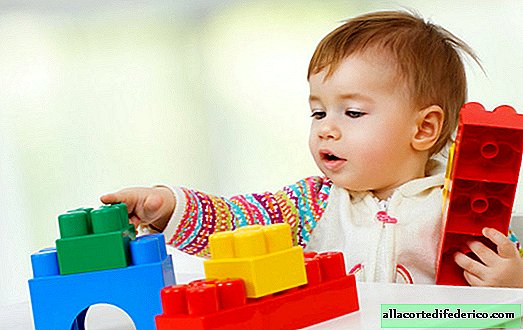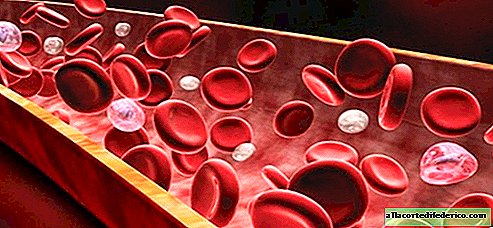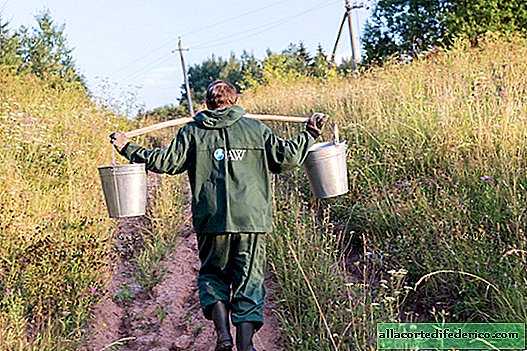Scientists were surprised: how plastic enters the body of children
If you drink purified water, do not use plastic utensils, use exclusively high-quality food products and believe that microplastic can not get into your body, then you are mistaken. German scientists who studied the health of the younger generation came to disappointing conclusions: the vast majority of children have microplastics in their bodies, and in concentrations close to the maximum permissible values. Experts did not expect such a result, because Germany belongs to the developed countries of the world, where special attention is paid to the quality of food products, the ecological status of water bodies is monitored here, and on the shelves you can find only certified household appliances and utensils that comply with strict EU standards. How does plastic enter the body of children?

The study was conducted by scientists from the Robert Koch Institute in conjunction with environmental experts from the German Environmental Agency from 2014 to 2017, and its first results have recently been announced. In total, the study involved 2,500 children aged 3 to 17 years, in whom blood and urine samples were analyzed. And only in the body of 75 children were no particles of microplastic found, while the remaining 2,425 children were exposed to these toxic components.
 Water repellent clothing - a possible source of perfluorooctanoic acid
Water repellent clothing - a possible source of perfluorooctanoic acidScientists analyzed the samples for the presence of 15 varieties of microplastics, they managed to find 11 of them, and this also alerted the researchers. As for age differences, the highest concentrations of hazardous substances were found in children of the younger age group - from 3 to 5 years old - including an increased content of perfluorooctanoic acid. This compound with a complex name is used in the manufacture of cookware with non-stick coating, as well as clothing with water-repellent properties. The acid is part of the tetrafluoroethylene polymer and is recognized as a dangerous toxin. Scientists have yet to figure out how this substance got into the body of children, because tetrafluoroethylene is considered to be a chemically inert and non-hazardous compound.
 Non-stick cookware can also be a source of perfluorooctanoic acid
Non-stick cookware can also be a source of perfluorooctanoic acidResearchers believe that the majority of microplastic particles enter the body of children when using plastic packaging of goods and utensils. Products that are in packaging made of polymeric materials, to one degree or another, are enriched with microplastic particles, which, when consumed, enter the body of children. This does not happen if the products are in glass containers, but modern manufacturers have almost abandoned such packaging, switching to cheaper plastic.
 In one of Germany's supermarkets: favorite children's products are often packed in plastic containers
In one of Germany's supermarkets: favorite children's products are often packed in plastic containersBased on this study, scientists came up with a proposal to exclude plastic packaging at enterprises producing baby food. Recall that in the EU countries from next year disposable plastic utensils will be banned, and it took about a year to make this decision. But in order for plastic containers to be banned in all baby food industries, it will take more than one year.

















